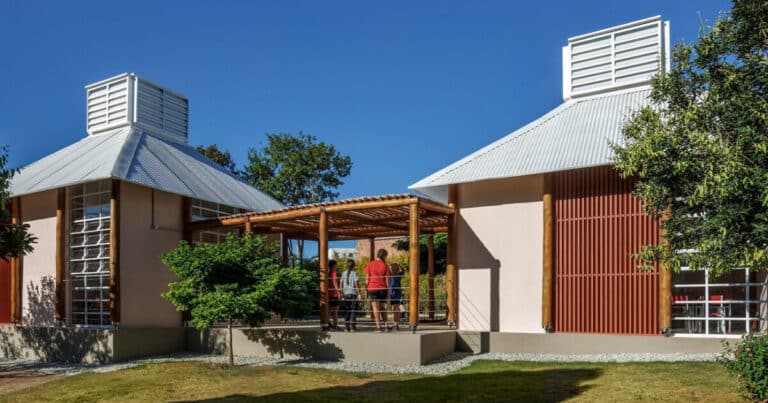Industrial Design: 4 Attributes of Modern Engineering
Modern engineering is a type of building plan that arose during the Industrial Upheaval and keeps on molding the spaces wherein we work and live.
What Is Industrial Engineering?
Modern engineering is a kind of structural plan we utilize in the development of structures in modern areas. Industrial structures are built with the end goal of effectively and securely handling unrefined components into new items. Kinds of Industrial structures incorporate power plants, refineries, breweries, producing offices, production line structures, grain storehouses, and treatment facilities.
Modern structure configuration will in general focus on usefulness and laborer wellbeing over a stylishly satisfying inside plan. Be that as it may, inside creators are reinvigorating outdated modern structures by transforming them into present-day places of business, display areas, apartment complexes, and craftsmanship exhibitions, and that’s just the beginning.
A Concise History of Modern Design
We can trace Modern design as far as possible back to the 1700s, and it keeps on forming our present reality.
- The Main Modern Upheaval. Industrial engineering arose during the Primary Industrial Unrest that occurred in Britain somewhere in the range of 1760 and 1830. These early modern offices handled materials like silk, cotton, and metal. They were worked as effectively as conceivable utilizing the structural materials of the day: wood and workmanship.
- The Second Modern Upset: our thought process of today as Industrial engineering is to a great extent founded on structures from the Second Industrial Transformation, which was achieved by the presentation of new structure materials like steel and cement. These progressions changed Industrial offices in the late nineteenth and mid 20th hundreds of years. These new materials assisted with making modern designs more effective and more secure for laborers.
- Industry shifts: By the mid-20th 100 years, Europe and the US started to move towards a post-modern economy. Presently not reliant upon blue-collar positions, numerous Industrial offices tumbled to dilapidation and ruin.
- A modern recovery: Starting during the 1960s, engineering firms in New York City started transforming outdated modern structures into upscale condos. This began an influx of versatile reuse projects — engineering projects that look to protect the historical backdrop of modern structures and carry new life to recently deserted spaces.
- Current plants: As the world has become more mindful of the antagonistic impacts of industry, numerous modern engineers are focusing on maintainability and present-day style.
4 Attributes of Modern Design
The plan of an Industrial structure can shift contingent upon its motivation; however, there are a few normal components across the range of Industrial design.
- Vast areas: Industrial structures will more often than not have open floor plans and high roofs.
- Moderate stylish. Modern engineering will in general follow the way of thinking of current design by focusing on usefulness over decorative twists.
- Uncovered materials and utilities: Uncovered block facades, substantial floors, and steel radiates are ordinarily inside modern private spaces. You’ll probably find uncovered ventilation work, wiring, and plumbing too.
- Regular light: Industrial design takes advantage of normal light using huge, metal-network windows or floor-to-roof windows.
https://injarch.com/industrial-architecture-architectural-design-method-for-factories/






